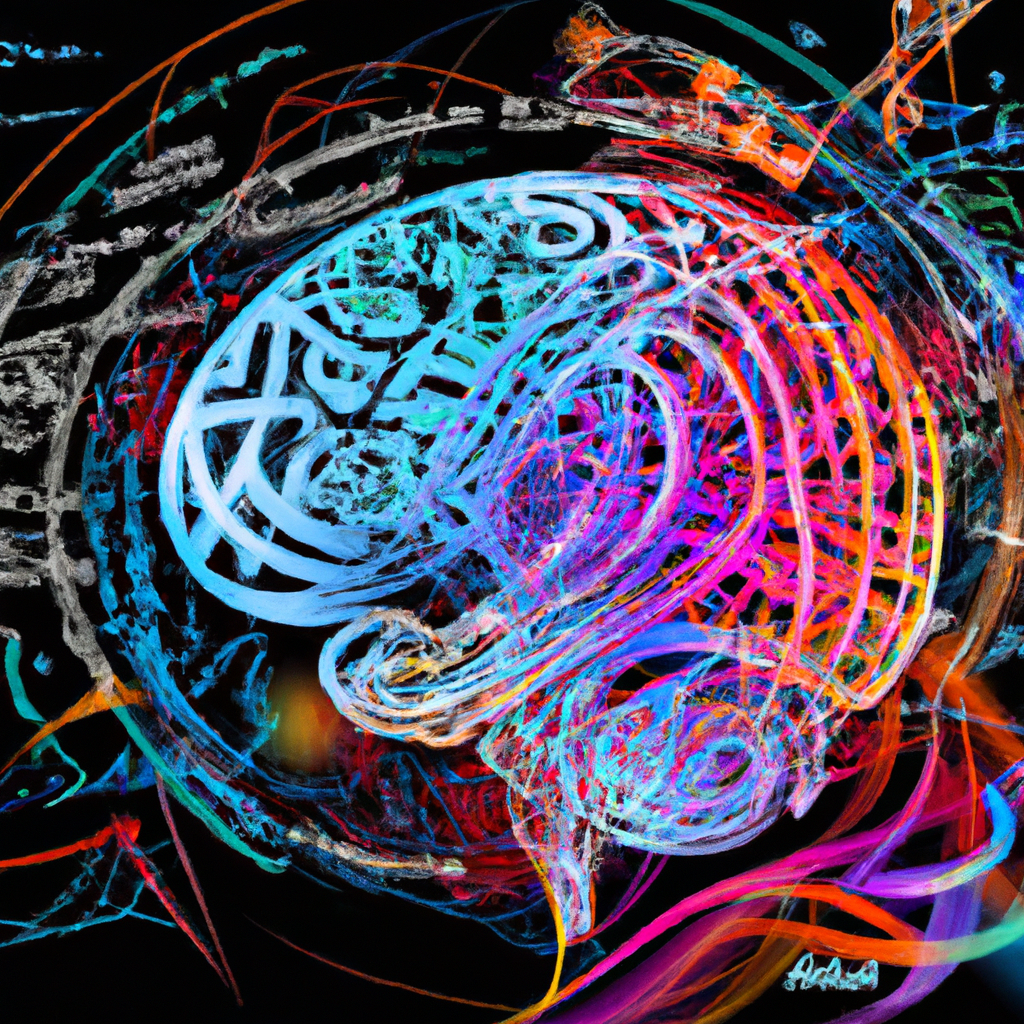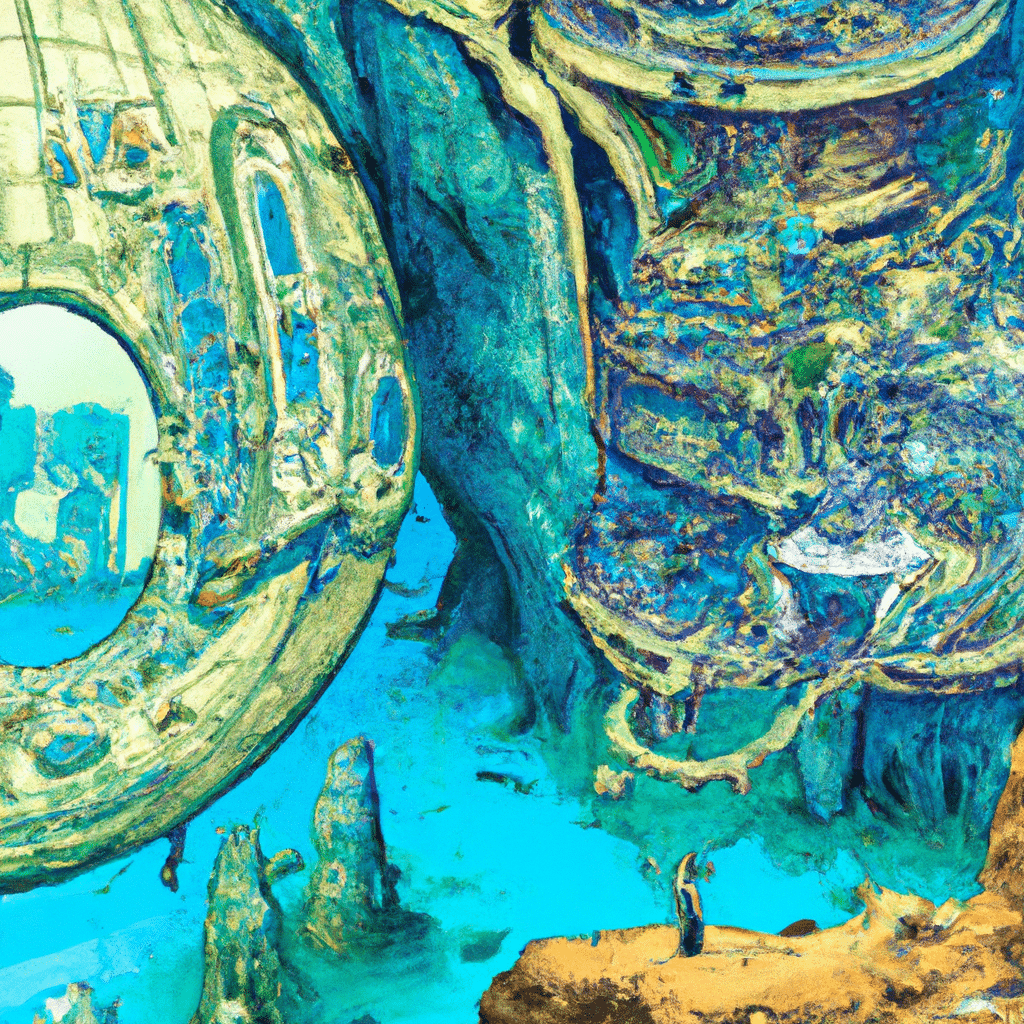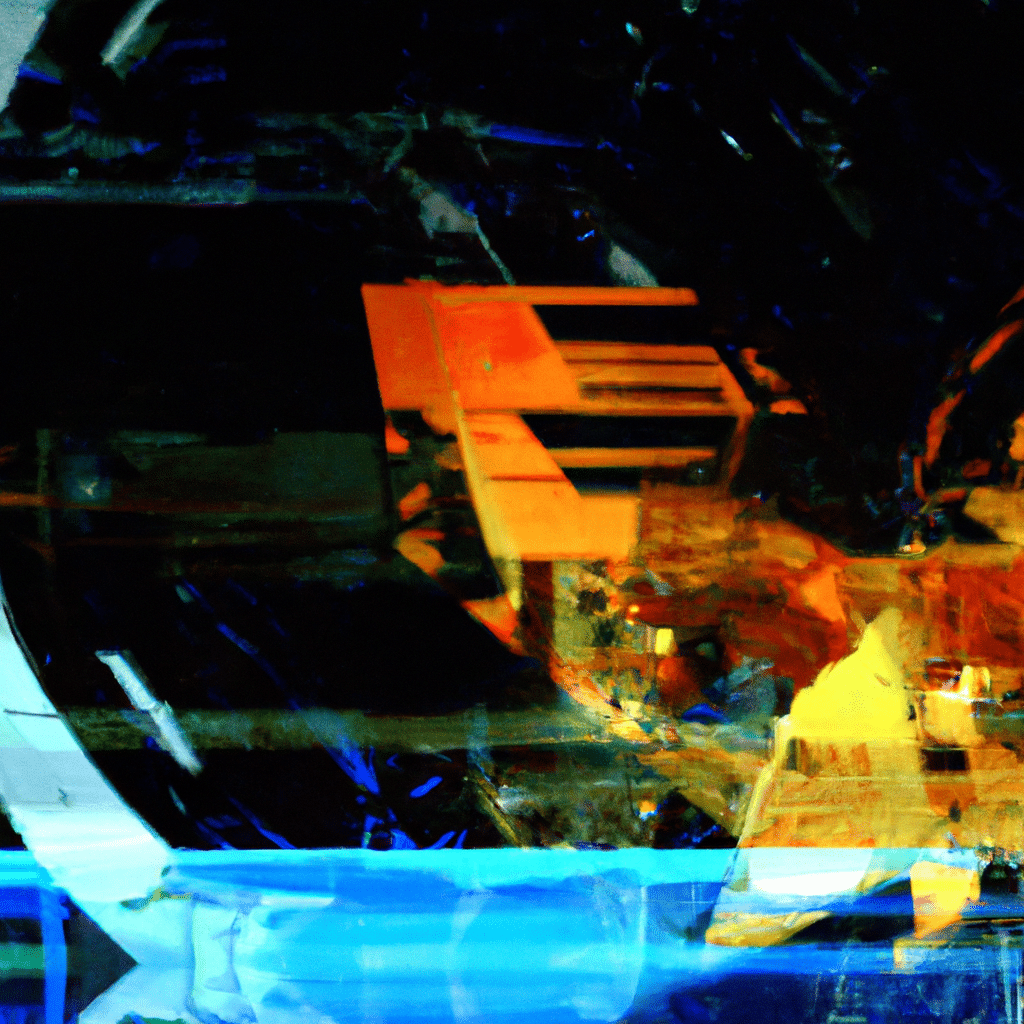Right Side, Left Side: Brain Gyms for A.I.?
Ever wondered why your mind sometimes goes “huh?” when reading sentences? Well, a new study has discovered that your brain’s left hemisphere turns into a bit of a disco when faced with complicated sentences, while the right one takes a nap when sentences are straightforward. Seems like a bit of a family drama in there, huh?
Key Points:
– According to a recent study, the language regions of the brain’s left hemisphere turn into a language Olympics when we read complicated sentences. In other words, these regions light up like a Christmas tree and start a brain party!
– On the other side, straightforward sentences apparently aren’t that interesting for our brains. The right hemisphere, in particular, barely registers an “oh, cool” before going back to whatever it’s usually up to. Laziness? Maybe. Efficiency? More likely.
– It’s basically a division of labor – the left hemisphere handling the hard stuff while the right one covers the basics. They’re the dynamic duo of linguistic processing, with a little favoritism on assignments.
– However, this study is not creating any hard boundaries. It’s been known forever that our brain functions overlap a bit, much like an eager intern doing a bit of everyone’s jobs.
Final Thoughts:
In a world increasingly fascinated with artificial intelligence, understanding how the human brain functions – even at the most basic level – may provide useful insights. Who knows, maybe the future of AI is left-handed – a bio-inspired network of digital neurons coded to tackle complicated language tasks with dynamicity and, dare I say, a brainy sense of style. But hey, this isn’t to underappreciate the simplicity champions in the right hemisphere – sometimes, less is more. Brain’s out, folks!
As part of this experiment I would like to give credit where credit is due. If you enjoy these, please take a moment to read the original article:
https://news.mit.edu/2024/complex-unfamiliar-sentences-brains-language-network-0103
Blog Title
AI: gpt-3.5-turbo-0613: chatcmpl-8csNHpQrgvvtLOvDxdcgrfAltLZYQ
Instruction: “You are an AI blog title generator. Create a catchy and concise title for the blog post that is catchy and optimized for search engines. Remove all html in the response and do not use quotes. Please do not use words that are unsafe to process in Dall-E image AI.”
Prompt: Content Summary of text from above.
Response: The Language Olympics: How our Brain’s Left Hemisphere Lights Up with Complicated Sentences
Image Description
AIgpt-4-0613:chatcmpl-8csNQXBlJKGZUmhOTCqtbTUmM2Q4i
Instruction: “You are a helpful assistant that creates unique images based on article titles. Create a brief visual description of what an image would look like for this title. Please pick a style of art from the following: Futurism, Impressionism, Romanticism, or Realism, be sure to consider the image should reflect an AI Robot Pirate theme during the Golden Age of Pirates.”
Prompt: In the style of Futurism, the image is filled with dynamic and sweeping geometric shapes, depicting the complexities of the malleable human brain. The left hemisphere is brightly lit to represent engagement and is filled with swirling, abstracted shapes that symbolize complicated sentences. Lined texts of various scripts around the brain imply the linguistic diversity of a “language Olympics”. A glowing AI robot, wearing a pirate hat with a skull emblem from the Golden Age of Pirates, sits below the brain manipulating a steering wheel. The wheel’s turns cause sparks of light in the brain’s left hemisphere, signifying the activation with complex language tasks. The ambience of the picture embodies the dynamic interaction between language and cognition.
Response: The Language Olympics: How our Brain’s Left Hemisphere Lights Up with Complicated Sentences



